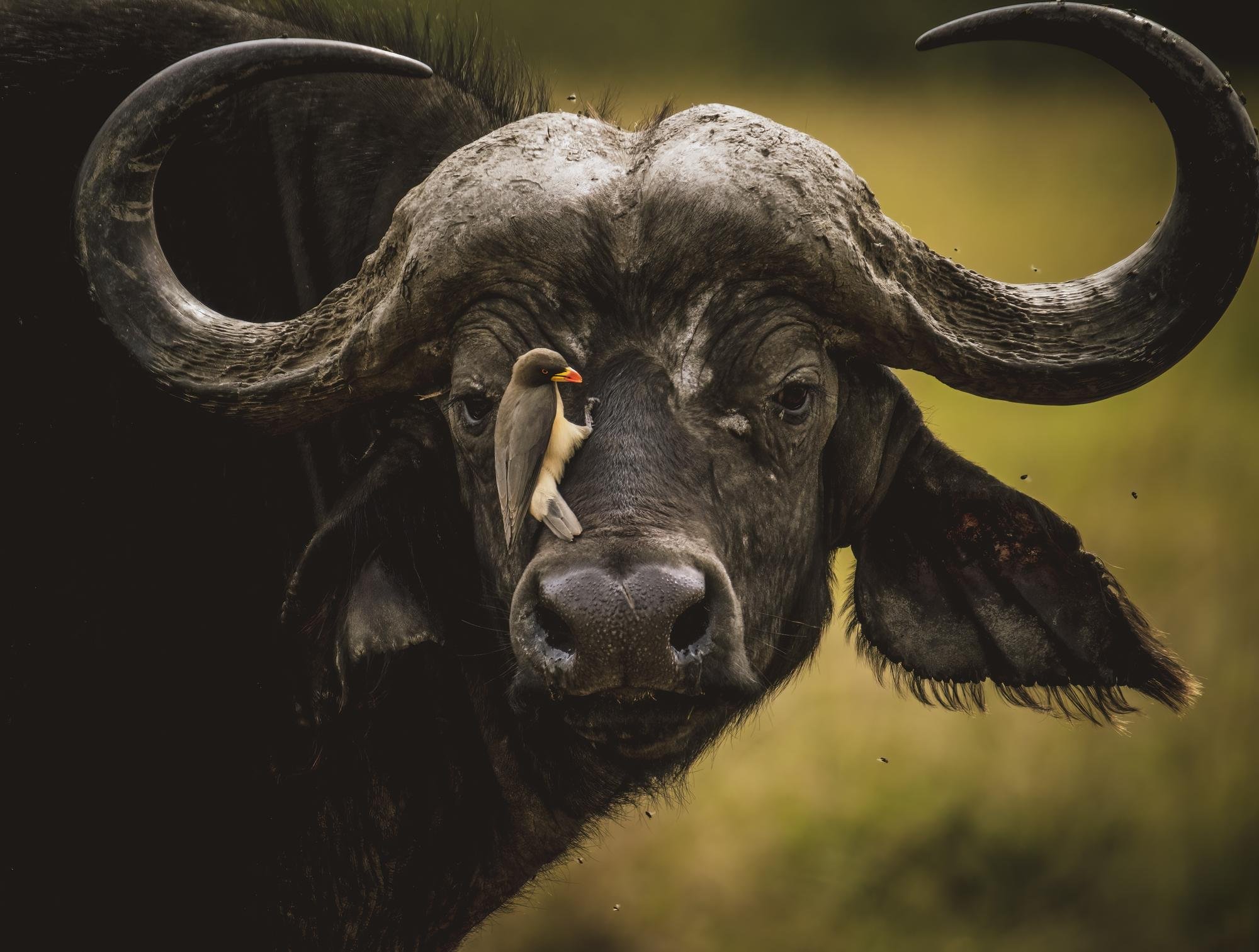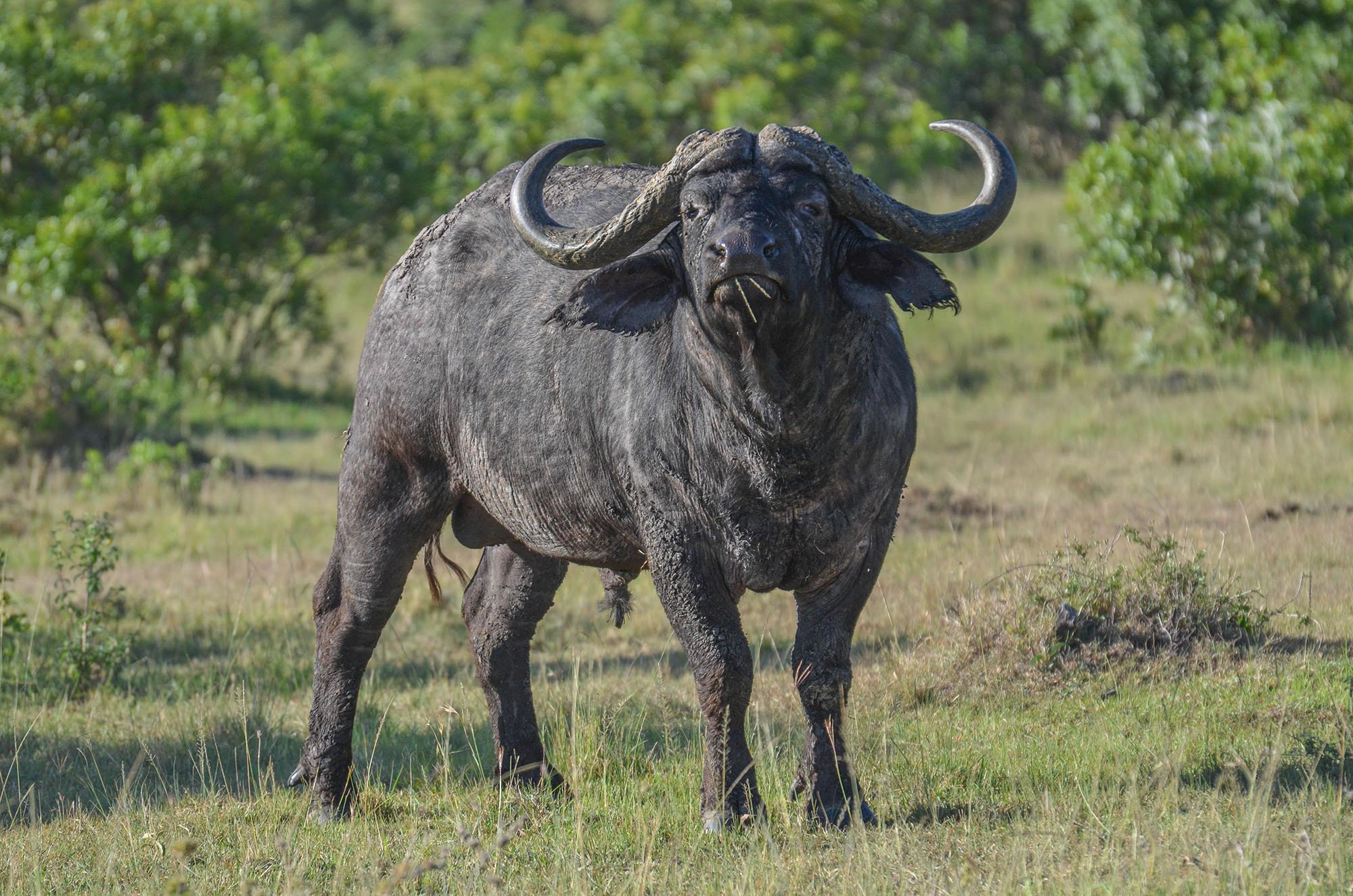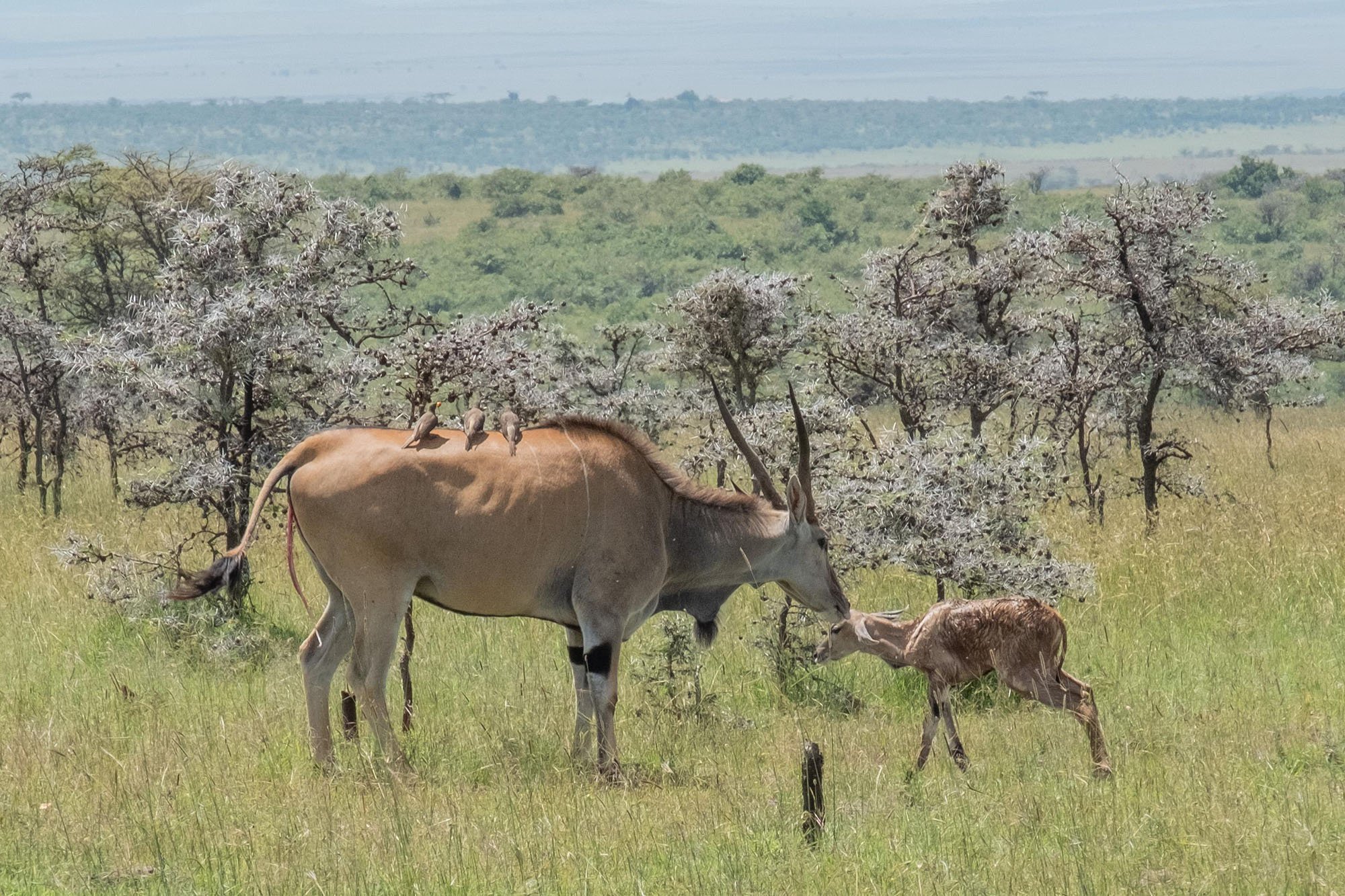You Scratch my back and I’ll Scratch Yours – Symbiosis and the Oxpecker
There is a universal bond of sharing that connects us all. When we take care of each other compassion rules. Every species has a role to play in an ecosystem, we are all connected.
Greetings Dear Readers:
I’m back! I used time away from my stories to finalize the draft of my book, The Wisdom of Elephants. It has moved on to the proofing and printing stage. I’ll have more to say about it in the coming weeks.
Based on comments and questions I received about last week’s photo of the Cape Buffalo and the oxpecker, this week’s story is about the fascinating relationship between these little birds endemic to the open savannahs of Sub-Saharan Africa and the hooved mammals who provide their food. Oxpeckers typically nest in holes in trees but otherwise spend all their time on the backs of their four-legged hosts.
If you come across a herd of Cape Buffalo on a game drive, you will usually see red or yellow-billed oxpeckers perched their bodies. The birds provide a valuable service - they eat insects and ticks. The symbiotic relationship between the oxpecker and the hooved host is known as mutualism. The birds have a steady supply of food and the host benefits from the removal of parasites from its body. The tiny oxpecker is tolerated because of this win/win relationship.
The Cape Buffalo is renowned for its grumpy demeanor. In fact, it is considered one of the most dangerous large mammals in Africa. We keep a respectable distance from these big guys, they could easily ram a vehicle and cause a great deal of damage. The males are built like tanks and weigh close to a ton. Their size and aggressive nature means most animals don’t mess with them. Lions will sometimes hunt a calf or an old bull, but it is very risky. An angry buffalo can easily go toe to toe with a lion and gore or toss it in the air with its massive, curled horns. The oxpecker seems to be the only friend the Cape Buffalo accepts.
The little bird even dives into ears and nostrils for some deep cleaning. They also eat diseased tissue keeping wounds clean as they heal.
Several hooved animals are mobile restaurants for the oxpecker.
Two birds work as a team scaling a giraffe’s neck looking for treats.
Oxpeckers are thorough in their search and even tackle hard to reach places.
The birds provide an additional service for prey animals. They act as lookouts on zebras and elands and raise an alarm if predators are spotted.
This mother eland was guarded by three feathered sentries as she cleaned off her vulnerable newborn calf.
A white rhino in Lewa Wildlife Conservancy provides meals and a landing pad for both starlings and oxpeckers
Oxpeckers are a great reminder of the interdependence of species. As a photographer, I love how these birds become colourful decorations on their host animals. Symbiotic relationships teach us about nature’s complex web of interrelatedness. When we harm one part – insects, birds, mammals, habitat - there is a ripple effect and everything in the ecosystem is impacted.










